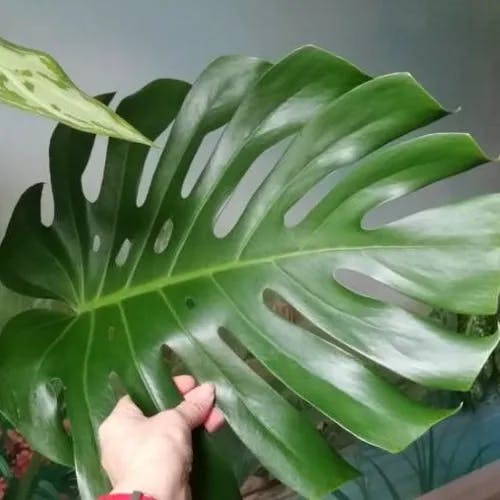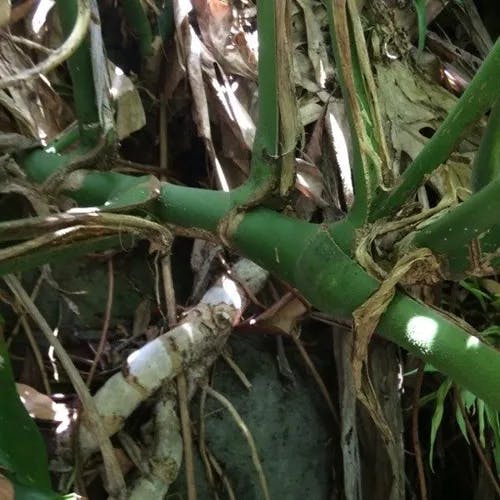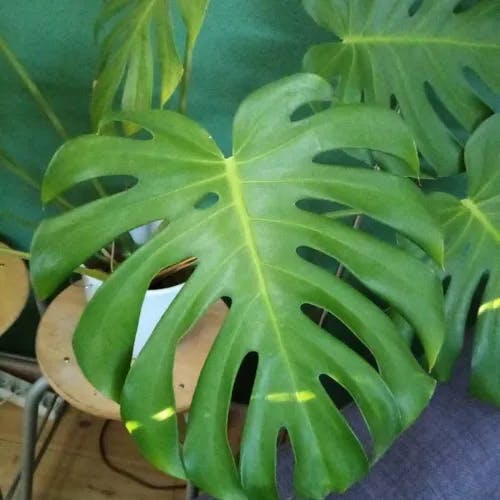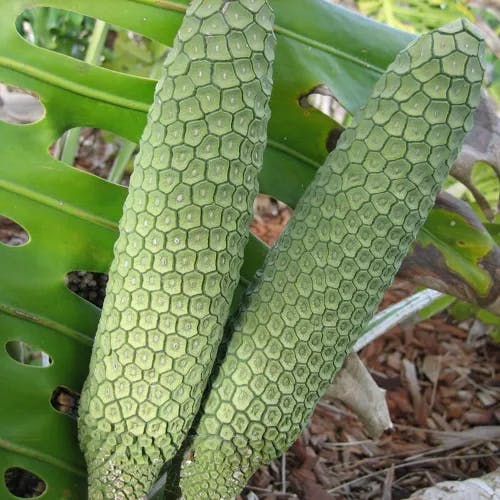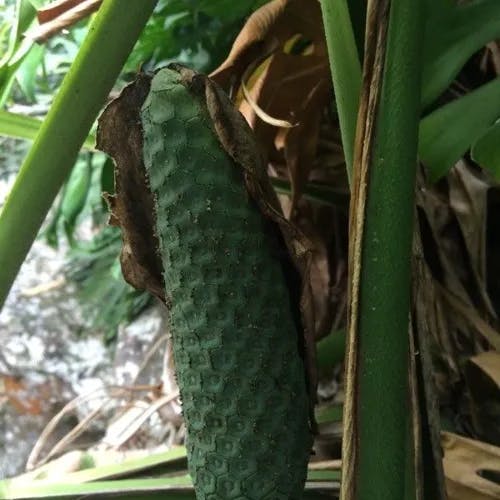The perennial climber named Swiss cheese plant has big, shiny, heart-shaped leaves with natural holes in them. It can grow very tall in the jungle, with thick, strong stems. It makes flowers called a spadix surrounded by a white boat-shape, but you don't see the flowers much on houseplants. The fruit tastes like banana, pineapple and mango mixed together when ripe. The fruit has to be all the way ripe or it can bother you because of crystals inside. The Swiss cheese plant is pretty easy to grow inside. It likes indirect sunlight, high wetness in the air and soil with peat moss. You can help it climb by giving it something to wrap around. For symbols, this plant means long life and respecting old people. It also means a bond between two people, so it's a popular gift for marriages and anniversaries. There are different kinds with special leaf designs and growth.
0
0
